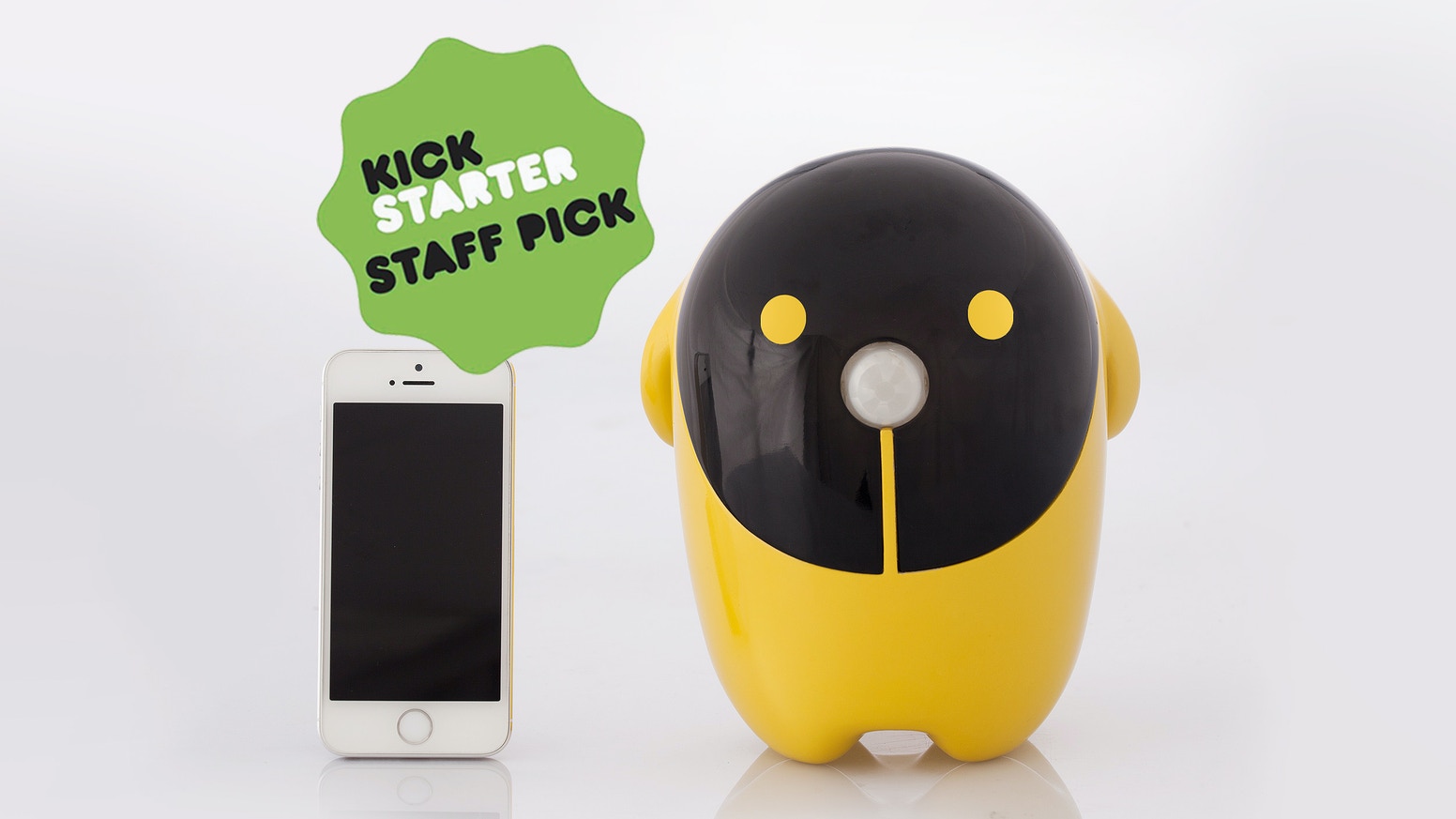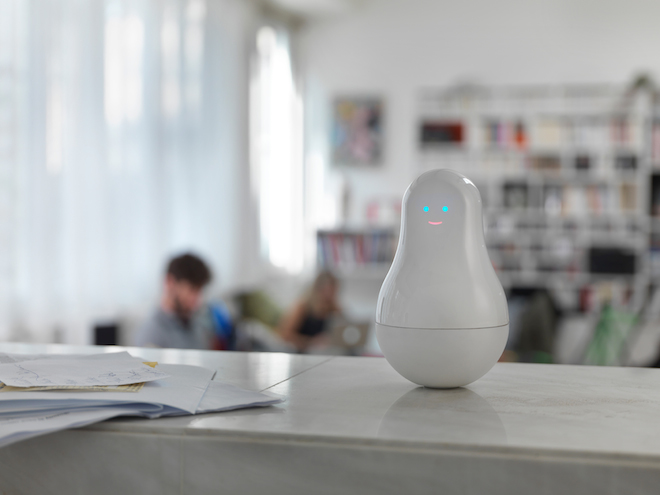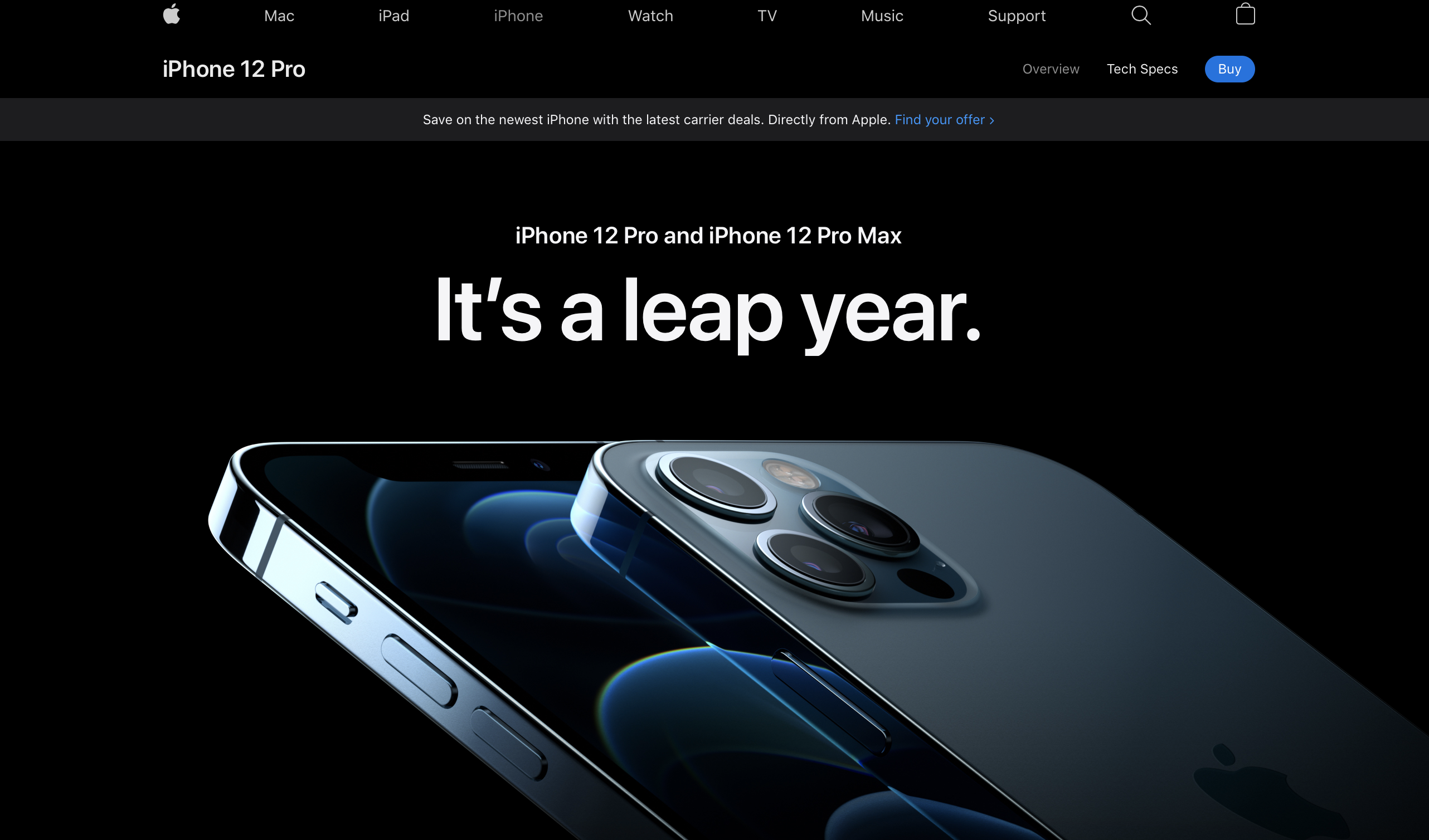Social media has become a big part of one’s everyday life. Most people communicate, share their life journeys, and catch up with friends through social media. As a result, brands and companies jumped on the platform to reach and connect with their target audiences.
Notice that “sponsored” post on your feed, the brand that your favorite artist is promoting, or the discreet promotion of a certain brand on this influencer’s content? These are some of the ways that brands get into the wires of your mind without you noticing. How do they do it? Here are some of the ways.
Astroturfing: We are the same!
Imagine you are stressing about your skin breakout lately, then you come across some posts on social media where you see a person complaining about the acne breakout that they have been experiencing for months now until they use this cleanser, and viola—the acnes are gone! Still, in doubt, you check the comments section and found that it is filled with affirmative replies that the product is effective. Then you find yourself checking the product’s website and adding to the cart two tubes of this cleanser.
You may have been influenced to buy after seeing a similar promotion and this tactic is known in advertising as astroturfing, where they create an ad that is easily relatable to their target audience, then pumps it up with testimonials that leads the audience’s decision to purchase the product.
Adding product reviews is one way of building social proof. However, in the digital world, asking how valid and legitimate these positive reviews are is a valid question to ask. Image Source: Growcode
Anthromorphism: Oh, that looks familiar.
Today, a number of technological products are exhibiting human qualities and behavior without being living entities. Take for example Rico, a smarthome security device, and Mother, a sensor that is said to take care of your fitness, well-being, sleep, safety and much more.
And they are designed in such a way that resemble humans. This technique is called anthromorphism. According to Andrews, van Leeuwen, & van Barren, “anthromorphism makes us bond with objects. When we anthrmorphise, we think that the object, brand, product, or anima is actually more like us. …The more we like an advertised product and have feelings for it, the more likely we are to bond with it, and thus buy the advertised product.”
Rico, a device that turns your used smartphone into a smarthome security device. Image Source: Kickstarter
Mother, a sensor that is said to take care of your fitness, well-being, sleep, safety and much more.Image Source: TheBridge
Implementation Intentions: Alarm is set!
You may often come across ads on your social media account that says, “50% discount on all items. Hurry! Discount is only today and while supplies last!” Then as if on cue, you click on the shops’ online store and shop on all the items you love on discount, check it out that day, only to find out that they have extended the discount until the weekend.
This is what advertisers call the ‘Implementation Intentions’ advertising where their ad wires your mind to make a plan and do it on the date and time that they intended you to purchase their items. This is often the strategy used also by concert producers, where they do a count down on when the tickets will go on sale or offer a limited time early bird promo which compels their target audiences to buy on that day to get good seats or to get a discount.
Reciprocity: Giving you something first for free!
Who can resist a freebie or a gift? This is among the most common strategy used by brands to capture their target audience or at least have them try their products which they call Reciprocity marketing, where the customer feels compelled to buy a product or service because of a free item or service they provided.
This is common in grocery stores that do a free tasting of cold cuts, but online, it is a battle of vouchers or free items. Online stores often offer free shipping of items or discount vouchers for a certain total amount of purchase. Sometimes, when they want to introduce a new product, they give it as samplers with the fast-selling products.
Spotify uses a Freemium (free and premium) to get users to try the service for free, then charges for upgrades to the basic package. Image Source: ImpactPlus
Recency and Primacy: That’s interesting!
It may not seem so obvious, but some advertisements have a beginning, middle, and end part, but the most details are given at the beginning and end part which is what is called Recency & Primary advertising.
Take for example smartphone advertisements. At the beginning of the ad, they highlight all the important and newest features of their latest series, that is the Primary part where these key details are presented in bulk at the beginning. They enumerate in detail these new features in the middle of the ad, then end it with another valuable information which is reiterating how sleek this new series is and then add the price, that is the Recency part where they reiterate to the consumers the features of the product and how much they will need to purchase it. They will leave it now up to the consumer on what matters more to them, these features or how much it will cost them for such a good phone.
The latest products are usually shown at the Apple homepage. This makes visitors remember the said product the longest.Image Source: Apple
Advertisers and marketers know that their market’s minds are wired differently, so they use various strategies to get their attention and retain their product in the consumers’ minds. Consumers today may be smarter, but these advertisers and marketers—we may admit or not—often think ten steps ahead to get us to spend for their brand.

















